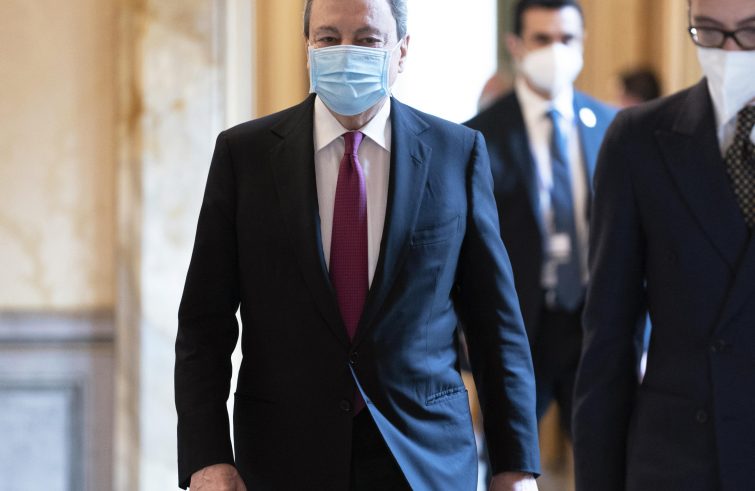
In the coming decades we will hardly see such a huge amount of cost-free or low-cost funding being invested in modernising the country, which, in its good intentions, will change lives before it changes the economy. And perhaps it will not happen again. Defining it an “historic opportunity” is no exaggeration.
The possibility of mobilising €248 billion of public money in just a few years, while fostering the commitment of additional private sector finance, has the potential to trigger a transformation leading to new jobs and businesses, new services for citizens, redressing gender inequalities, boosting the birth rate, and reconnecting territories now developing at uneven paces.
The 500-page National Recovery and Resilience Plan ( NRRP), its chapters and annexed factsheets, cover every aspect.
As in other European countries, the plan is organized by objectives and then broken down into details. Having been hardest hit by the pandemic, Italy has received the largest share of the funds.
Therefore, it is only natural that our government is asked not to make mistakes, for Italy and for the whole of Europe.
Greater details of this remarkable roadmap, designed to transform the country already in the first two years, will unfold little by little. Recent parliamentary debates reflect a variety of not irreconcilable approaches. However, tensions arise over the management of the pandemic.
In principle, who could ever disagree on the environment, digitalisation, health, simplification, smart infrastructure, education and much more?
Prime Minister Mario Draghi is keen to kick-start the working agenda, Recovery funds and domestic reforms. He cautioned:
“delays, inefficiencies, short-sighted divisional attitudes to the detriment of the common good will burden the lives of everyone”, the weakest, our children and grandchildren.
Hence there is a good vantage point to monitor the flow of funds and reforms on a weekly basis.
Alleviating the damage of yesterday, revitalising our present and working for tomorrow and the day after tomorrow.
The performance of GDP (Gross Domestic Product, the total value of everything produced in a year) will be relevant if it coincides with job growth, improved healthcare and protection of the most vulnerable, by optimism and confidence. The pandemic caused additional imbalances between protected and vulnerable groups, inclusion has come to a standstill, and compulsory digitisation could leave many on the sidelines.
The timeframe of the resource-loaded railway carriage that is about to depart (simplification, competition, and anti-corruption are the first legs to be completed by July) must be strictly followed to ensure that everyone is brought to destination – without preferential seats.












